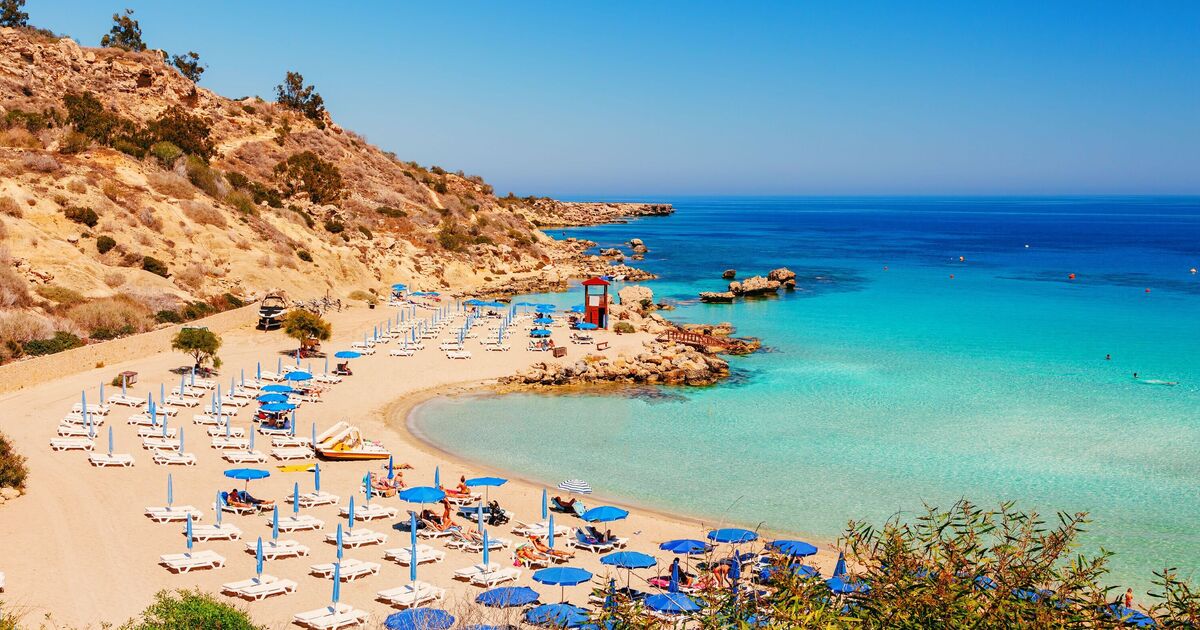While Cyprus may draw in some four million tourists every year through its balmy summer temperatures of 35C and glorious beaches, the island has actually been plagued by geopolitical tensions for centuries. Its strategically important position in the Eastern Mediterranean has made it a geopolitical prize for rival polities, kingdoms and empires throughout much of its recorded history.
It was controlled by many civilisations and empires, including the Greeks, Romans, Crusaders and the British, before gaining independence in 1960. Yet even today, the island is not at peace and stands essentially split in two. Sat in the eastern Mediterranean, Cyprus lies at the crossroads of Europe, Asia and Africa, making it a valuable strategic asset for controlling trade routes and naval operations.
Its proximity to key maritime chokepoints, such as the Suez Canal and the Levantine coast by Syria and Lebanon, has allowed successive powers to project influence across the wider Mediterranean and Middle East.
On top of this, Cyprus also has impressive natural resources, including rich copper deposits, which were highly prized in the ancient world and contributed to its early wealth. Timber from its forests was also essential for shipbuilding and other military purposes.
By the mid-20th century, Cyprus was facing by calls for “enosis” – the political union of Cyrpus with Greece – a movement gaining momentum among Greek Cypriots. Meanwhile, Turkish Cypriots advocated for taksim (partition).
In 1974, a Greek-sponsored coup – engineered by the military junta in Athens and executed by the Cypriot National Guard – sought to force enosis. This formed the pretext for Turkey to launch a large-scale military invasion, which violated international law and was condemned by multiple UN Security Council resolutions, which called for the immediate withdrawal of Turkish forces.
The invasion locked Cyprus in a frozen conflict that continues to this day, nearly five decades later. The Turkish Cypriot community claimed the northern part of the island, while the Greek Cypriots controlled the south.
The city of Varosha – once popular with Hollywood royalty in the 1960s – is one of the most prominent examples of the conflict. With the Turkish invasion, some 15,000 residents abandoned Varosha in a mass exodus, leaving everything behind and have never returned. The ghost city has been reclaimed by nature and is now more often visited by dark tourists.
There are calls for a two-state solution – the proposed permanent division of the island between the two communities. However, this would require the recognition of the Turkish Republic of Northern Cyprus as a separate state, which has been firmly refused by both the UN and the EU.
In 2021, the EU said it would “never, ever” accept a two-state solution for Cyprus.
Several key areas in Cyprus have become incredibly popular with tourists. Famous for its nightlife, Ayia Napa has become renowned for its Nissi Beach. Paphos, meanwhile, is renowned for its historic sites, including the Tombs of the Kings and the Kato Paphos Archaeological Park.
